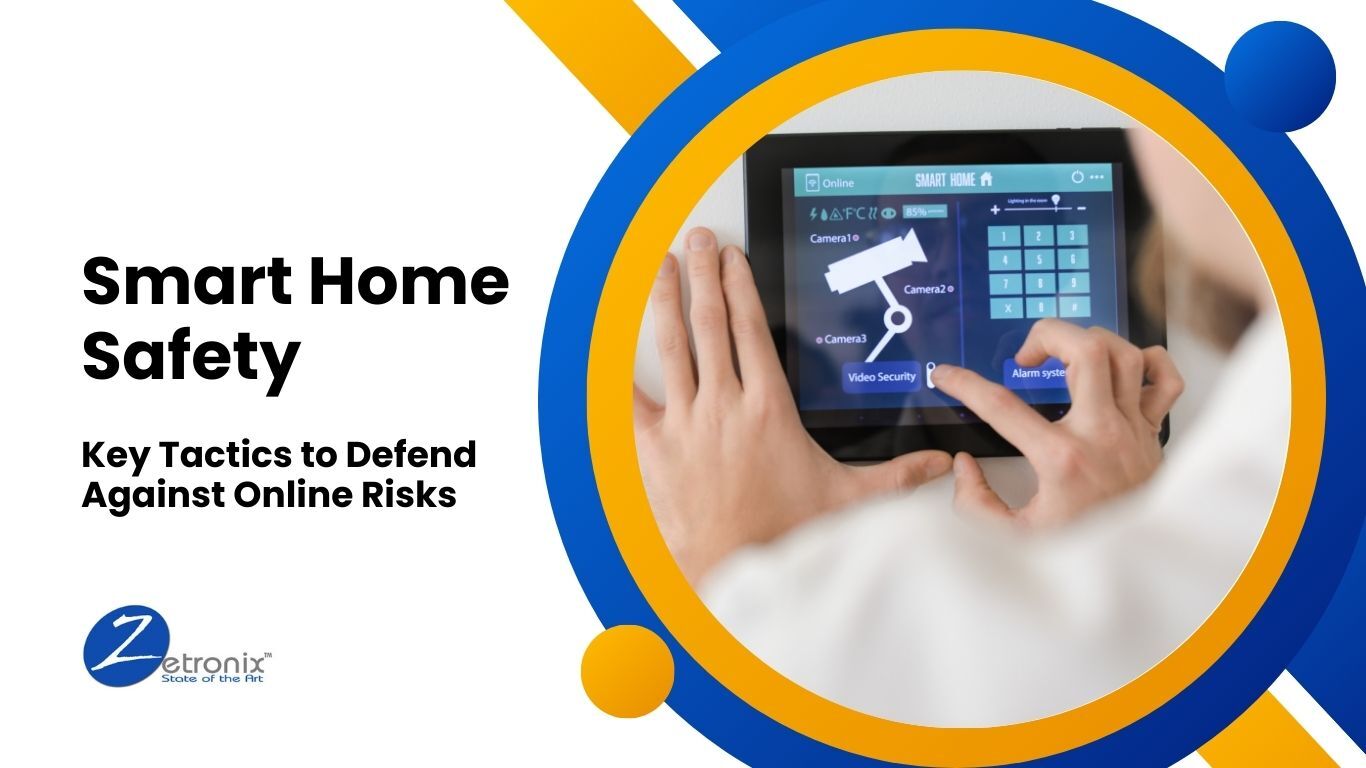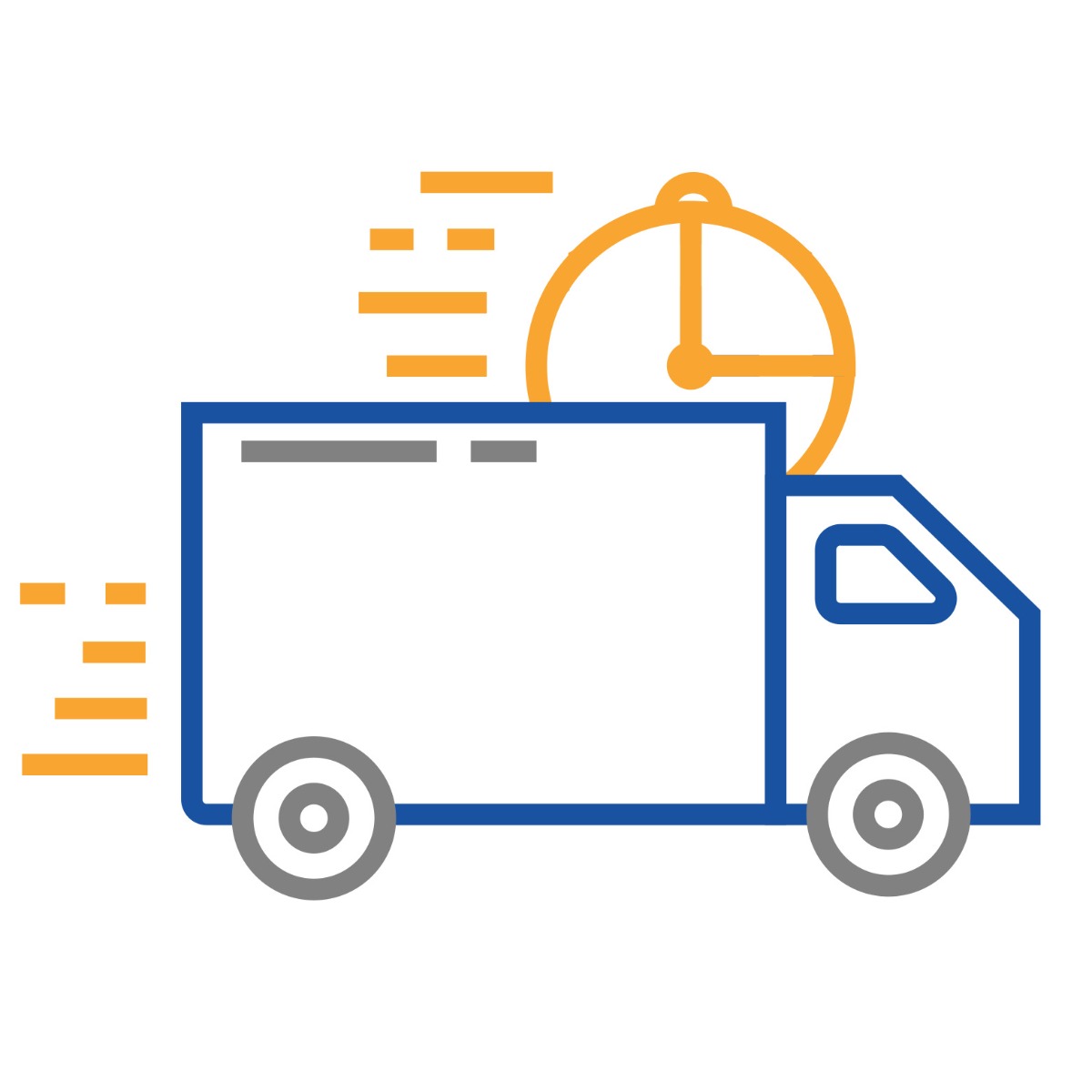Smart Home Security: Essential Strategies to Shield Against Cyber Threats

Introduction:
Smart home systems have changed how we live in today's interconnected world because they make life easier and more efficient and give us more control over our living spaces.
However, the emergence of these technologically advanced systems has also resulted in brand-new difficulties and weaknesses. A study directed by Statista uncovered that 60% of intelligent home gadget proprietors worry about their gadgets' security and protection. Shielding our smart homes from cyber threats and digital dangers is essential to guarantee our safety and well-being. The best ways to protect your smart home systems from cyber security threats, home automation security breaches, and hacking attempts will be discussed in this article. So, what should you do if you want to protect your loved ones, secure your smart home, and ward off evil cyber threats? Continue reading to learn the best practices for protecting your smart home systems from malicious hackers.
Best Practices for Protecting Yourself from Hacking and Other Cyber-threats
The cyber world of the millennial generation is constantly changing, introducing new cyber threats every day. Research by ESET has shown that 70% of brilliant home gadget clients have encountered a security break or digital assault. Protecting your smart home from cyber-attacks is a constant struggle, but if you take a proactive approach, you can successfully defend your fortress. Your home automation and security need your constant attention. How about we jump further into the means you can take to safeguard your cherished brilliant home frameworks from the underhanded programmers sneaking into the internet?
Understanding the Growing Cybersecurity Threats to Smart Homes
Because smart home devices are becoming increasingly popular, there are more and more cyber threats. 2016 the Mirai botnet attack took advantage of weak smart home devices, disrupting major internet services. These systems' flaws are exploited by criminals to gain access to personal information, remotely control devices, or even disrupt daily operations. Knowing the likely dangers and weaknesses related to savvy home security frameworks is urgent.
Strong Security Measures for the Network
Protecting your smart home begins with the foundation: your community. To increase the security of your Network, follow these best practices:
- Enable encryption and a strong password to protect your Wi-Fi network.
- Patch any vulnerabilities in your router's firmware regularly.
- Separate smart home devices from important ones like computers or smartphones by organizing them into distinct network segments.
Keeping All Smart Devices Up to Date
Regularly update your smart devices' software to maintain their security. Important security patches that address newly discovered flaws are frequently included in updates. Make sure to:
- Set your smart devices to receive updates automatically when you can.
- Always check the websites of manufacturers for firmware updates.
- Keep up with the most recent software vulnerabilities that affect your smart home devices.
- In this day and age of connected devices, it is essential to protect your personal information.
Think about these measures.
- Use strong, one-of-a-kind passwords for each smart device and account associated with your smart home.
- Empower two-factor validation at whatever point is accessible.
- Restrict the permissions granted to applications for smart devices regularly.
Implementing Intrusion Detection and Prevention Systems
IDS and IPS can aid in identifying and mitigating potential threats. Think about these steps:
- Install IDS/IPS software that can monitor traffic on the Network and spot suspicious activity.
- Set up alerts to notify you of any attempts at unauthorized access.
- Examine your IDS/IPS logs regularly to find patterns or actions that point to cyber threats.
Safe IoT Integration
As the number of IoT devices in our homes grows, it becomes more and more important to integrate these devices well for security:
- Research and purchase smart home devices from reputable manufacturers with solid security credentials.
- Regularly check each Internet of Things device's security settings and permissions.
- Impair superfluous elements, ports, or administrations that could give potential passage focuses to aggressors.
Teaching Your Family on Shrewd Home Security
Getting your brilliant home framework is a cooperative exertion, including all family individuals. Inform members of your family about these best practices:
- Teach everyone how to recognize suspicious emails and phishing attempts.
- Teach them the significance of not imparting delicate data to obscure sources.
- Encourage everyone to report any unusual behavior or issues with smart devices immediately.
Routinely Sponsorship Up Shrewd Home Information
Backing up your shrewd home information is significant in safeguarding against digital dangers. Think about the accompanying advances:
- Configurations, settings, and user data for your smart home devices should be backed up automatically.
- Backups should be kept in safe, off-site places like external hard drives or cloud storage services with strong encryption.
- Test your backups regularly to ensure they are accessible and complete.
Carrying out Actual Safety Efforts
While digital dangers are a huge concern, don't disregard the significance of actual security for your brilliant home:
- Secure your brilliant home gadgets in locked cupboards or nooks to forestall altering.
- Smart locks or security cameras can be installed to monitor who can access your home and deter intruders.
- Install alarm systems or motion sensors to be notified right away of any attempts at unauthorized physical access.
Performing Routine Vulnerability Assessments
Regular vulnerability assessments of your smart home systems are essential for identifying and promptly addressing potential vulnerabilities. Follow this procedure:
- Conduct routine vulnerability assessments of the software, network infrastructure, and smart home devices.
- Use tools that scan for vulnerabilities to find weaknesses or misconfigurations.
- To address the vulnerabilities that have been identified, take the appropriate remediation measures.
Maintaining Security Software
Many smart home devices come with security software or applications that accompany them. It is fundamental to stay up with the latest to guarantee their adequacy in guarding against digital dangers:
- On your smart home devices, enable automatic updates for security applications.
- Check security apps regularly for new versions or updates the manufacturers provide.
- Keep informed about new security elements or patches presented by the application engineers.
Using Smart Home Security Systems
Putting money into specialized smart home security systems can give your connected devices and personal data extra protection:
- Install smart home security systems with active threat prevention, intrusion detection, and camera monitoring.
- Choose systems that can be integrated with other smart home devices to give you complete control and management.
- Conduct research and select reputable smart home security systems suppliers emphasizing cyber security.
Frequently Asked Questions
Q1: Can hackers remotely control my smart home devices?
A1: Yes, hackers can remotely take control of your devices if their security is compromised.
Q2: How can I avoid having my smart home devices hacked?
A2: Use strong passwords, regularly update software, enable multi-factor authentication, and monitor your Network.
Q3: Are savvy home security frameworks hack verification?
A3: Although no system is completely secure against hacking, following best practices significantly reduces the risks.
Conclusion
Protecting your smart home from cyberattacks has never been more important. Protect your family's privacy and safety by equipping your smart fortress with the most recent tools and methods in a world where hackers seem to roam freely.
You can greatly enhance the security of your smart home systems and guarantee your peace of mind by adhering to these best practices and implementing robust security measures. Remain careful, update routinely, and focus on your security and well-being.




